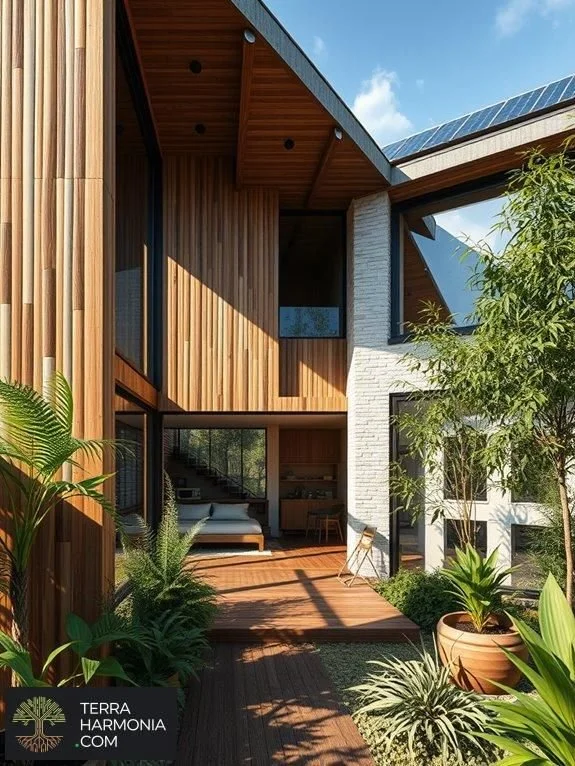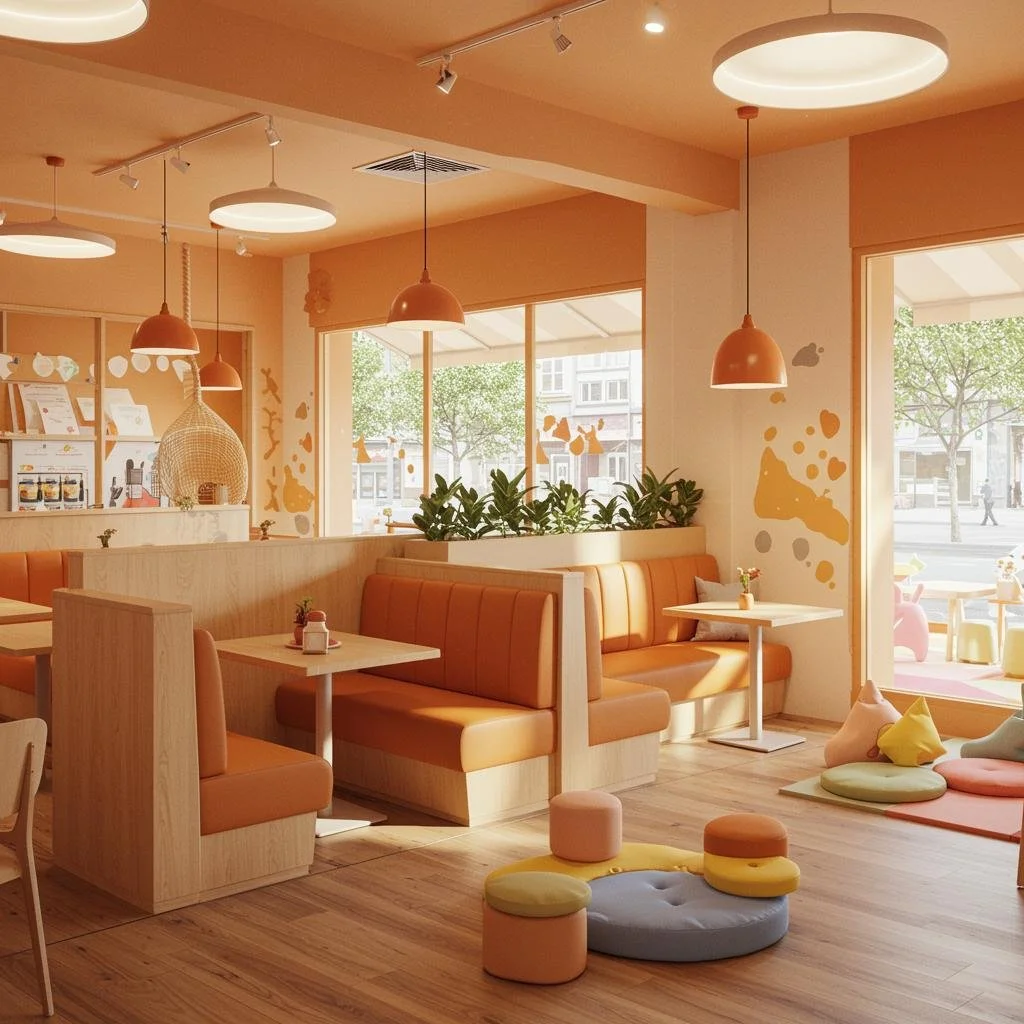Tips For Using Marketing Displays In Small Spaces
Maximizing impact in limited retail areas presents a unique challenge for businesses. The key lies in strategic placement and innovative design of marketing displays. Small spaces demand creativity and precision to effectively showcase products and capture customer attention. This trend has led to a rise in demand for marketing displays that fit snugly into tight spaces while still making a big impression.
In this article, we explore various strategies and innovative ideas on how to effectively maximize marketing displays in small spaces. Whether you’re working with limited square footage or looking to create impactful visuals in a compact area, we will explore practical tips to ensure your marketing message stands out.
No. 1
Vertical Thinking
Utilizing Height in Small Spaces
When floor space is limited, utilizing vertical space becomes a smart solution. Installing wall-mounted shelving with adjustable options allows retailers to create flexible product displays that don't take up floor space. Ceiling space can also be used effectively by suspending lightweight, corrugated displays, while tall and narrow stands offer an alternative to bulky floor displays, reaching upwards rather than outwards.
By thinking vertically, retailers can showcase a wide range of products while keeping the floor uncluttered and maintaining clear pathways for customers to navigate.
No. 2
Modular Designs
Flexibility is Key
Modular in-store displays offer the flexibility essential for small spaces. By incorporating interchangeable parts, retailers can easily swap out or rearrange sections of a display to keep things fresh and adaptable. Stackable elements allow components to be nested or stacked when not in use, saving valuable space.
Foldable structures, such as collapsible corrugated displays, make storage simple and efficient. Custom cardboard marketing displays are particularly useful here, as they can be easily tailored to the space and design needs of each retailer. This modular approach enables quick reconfigurations, allowing retailers to easily update displays for new product lines or seasonal promotions without taking up too much room.
No. 3
Multi-Functional Displays
Doing More with Less
In tight quarters, every element should serve multiple purposes:
Display-Storage Hybrids: Design stands that showcase products while also storing extra inventory.
Interactive Kiosks: Incorporate digital screens into physical displays for dynamic product information.
Dual-Sided Stands: Utilize both sides of a display to maximize exposure in high-traffic areas.
By combining functions, retailers can reduce the number of separate fixtures needed, freeing up valuable space.
Etsy
Discover Etsy's collection of custom business signage crafted by talented makers.
From eye-catching storefront signs to personalized promotional displays, you'll find unique designs that perfectly capture your brand's essence.
No. 4
Strategic Placement
Location, Location, Location
The positioning of retail POS displays can make or break their effectiveness:
Entryway Engagement: Place compact, eye-catching displays near the entrance to draw customers in.
Checkout Conversions: Use small counter displays for impulse purchases at the point of sale.
Aisle End-Caps: Leverage end-of-aisle spaces with narrow but impactful corrugated POS displays.
Careful placement ensures that even in small areas, marketing materials receive maximum visibility.
No. 5
Lighting
Illuminating Small Spaces
Proper lighting can transform a cramped space into a captivating display:
Targeted Spotlights: Use small, focused lights to highlight specific products or areas.
LED Strip Lighting: Incorporate thin LED strips to add depth and dimension to shelving units.
Backlit Displays: Create dramatic effects with backlit cardboard product stands.
Well-planned lighting not only showcases products effectively but also creates an illusion of more space.
No. 6
Color Psychology
Creating Depth and Focus
Strategic use of color can influence perception and guide customer attention:
Light Colors: Use pale hues for backgrounds to create a sense of openness.
Bold Accents: Incorporate vibrant colors sparingly to draw eyes to key products.
Monochromatic Schemes: Employ variations of a single color to create a cohesive, uncluttered look.
Thoughtful color choices can make small spaces feel larger and more inviting while highlighting featured items.
No. 7
Minimalist Design
Less is More
In small spaces, a cluttered display can overwhelm customers. Embrace minimalism:
Focused Product Selection: Showcase fewer items to create a stronger impact.
Clean Lines: Opt for simple, sleek designs in corrugated displays.
Negative Space: Use empty areas strategically to draw attention to key products.
A minimalist approach ensures that each product gets the attention it deserves without overwhelming the space.
No. 8
Technology Integration
Smart Displays for Small Spaces
Incorporating technology can multiply the effectiveness of small marketing displays:
QR Codes: Use QR codes on displays to provide extended product information without taking up physical space.
Augmented Reality: Implement AR features that allow customers to visualize products in different settings.
Digital Signage: Use compact digital screens for rotating promotions and product information.
These tech-savvy solutions expand the capabilities of small displays without increasing their physical footprint.
No. 9
Seasonal Adaptability
Changing with the Times
Small spaces benefit from displays that can easily transition between seasons and promotions:
Interchangeable Graphics: Use displays with easily swappable graphic panels.
Modular Add-Ons: Design base units that can accommodate seasonal attachments.
Convertible Structures: Create displays that can be reconfigured for different product types.
This flexibility allows retailers to keep their small spaces fresh and relevant throughout the year.
Shopify
Build your dream business - sign up for a free trial and enjoy your first month for just $1
No. 10
Sustainability
Eco-Friendly Options for Small Spaces
Environmentally conscious choices resonate with modern consumers:
Recyclable Materials: Opt for corrugated displays made from recycled and recyclable materials.
Reusable Components: Choose displays with parts that can be repurposed for future promotions.
Energy-Efficient Lighting: Use LED options to reduce power consumption in illuminated displays.
Sustainable displays not only appeal to eco-minded customers but often offer space-saving benefits as well.
No. 11
Measuring Success
Analytics in Small Spaces
Even in compact areas, tracking display effectiveness is crucial:
Foot Traffic Patterns: Use sensors to monitor customer movement around displays.
Sales Data: Track product performance before and after implementing new display strategies.
Customer Feedback: Gather input on display visibility and accessibility in small spaces.
These insights help refine display strategies for maximum impact in limited areas.
Takeaways
Effective use of marketing displays in small spaces requires a blend of creativity, strategy, and adaptability. By embracing vertical designs, modular structures, and multi-functional elements, retailers can create powerful visual merchandising in even the most compact environments. The key lies in thoughtful planning, innovative use of technology, and a willingness to think beyond traditional display methods.
Remember, in small spaces, every inch counts. Make each element work harder by combining form with function, and don't be afraid to push the boundaries of conventional display design. With these strategies, even the smallest retail space can deliver a big marketing punch.
FAQ
How can I determine the right size for displays in my small retail space?
Measure your available space carefully, considering not just floor area but also vertical space. Allow for customer movement and accessibility. A good rule of thumb is to ensure displays take up no more than 40% of your available space.
Are digital displays worth the investment for small spaces?
Digital displays can be highly effective in small spaces, offering dynamic content in a compact footprint. They're particularly valuable if you have a wide product range or frequently changing promotions. However, balance the cost against your budget and target audience preferences.
How often should I change my displays in a small space?
In small spaces, frequent changes can keep the area feeling fresh and engaging. Aim to update or rotate your displays at least monthly, with minor tweaks weekly. Seasonal changes and promotional periods may require more frequent updates.
Looking for Business Resources?
Are you seeking ways to elevate your business to new heights? Dive into the array of resources provided by our esteemed business partners designed to empower your ventures.
































